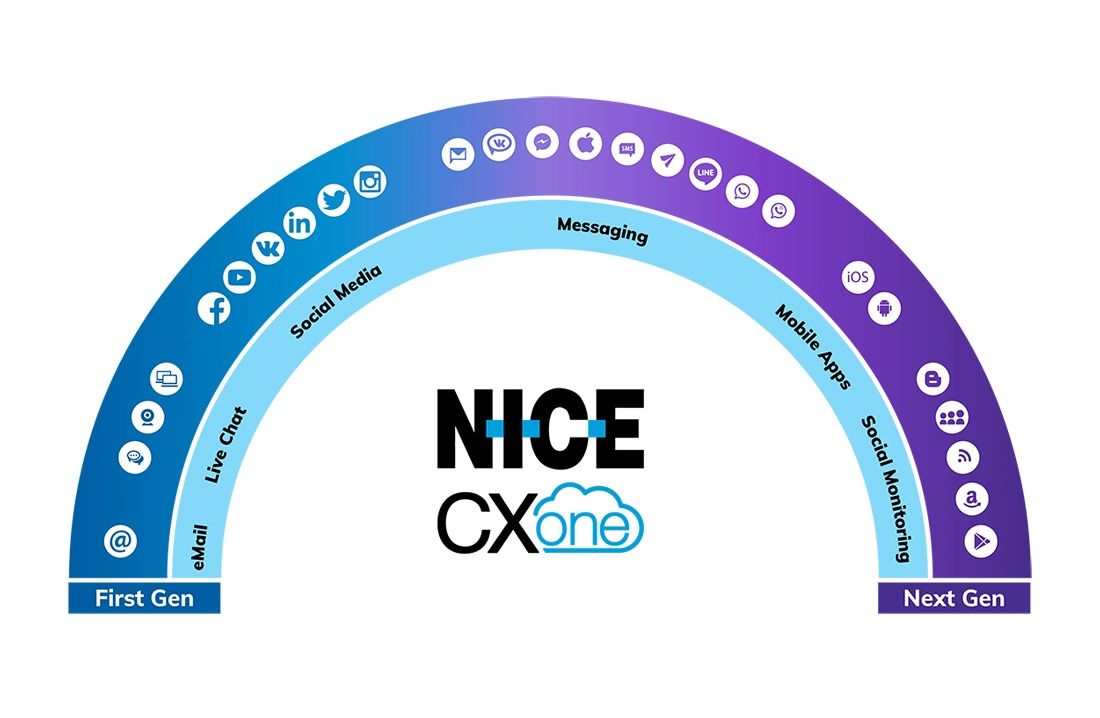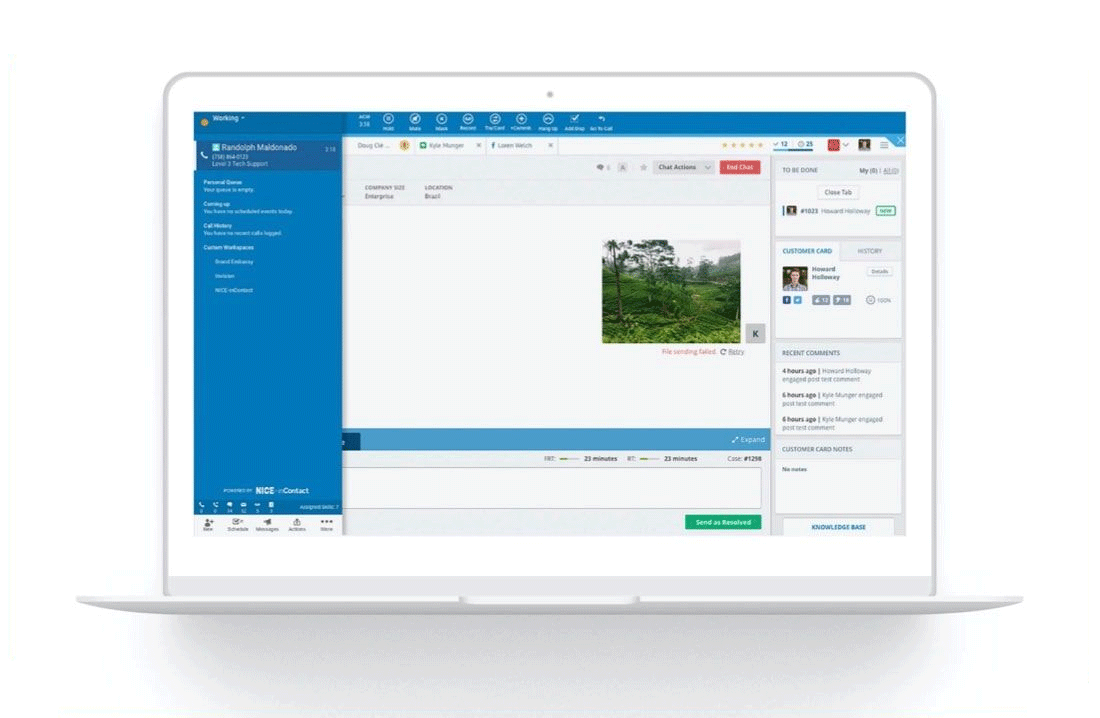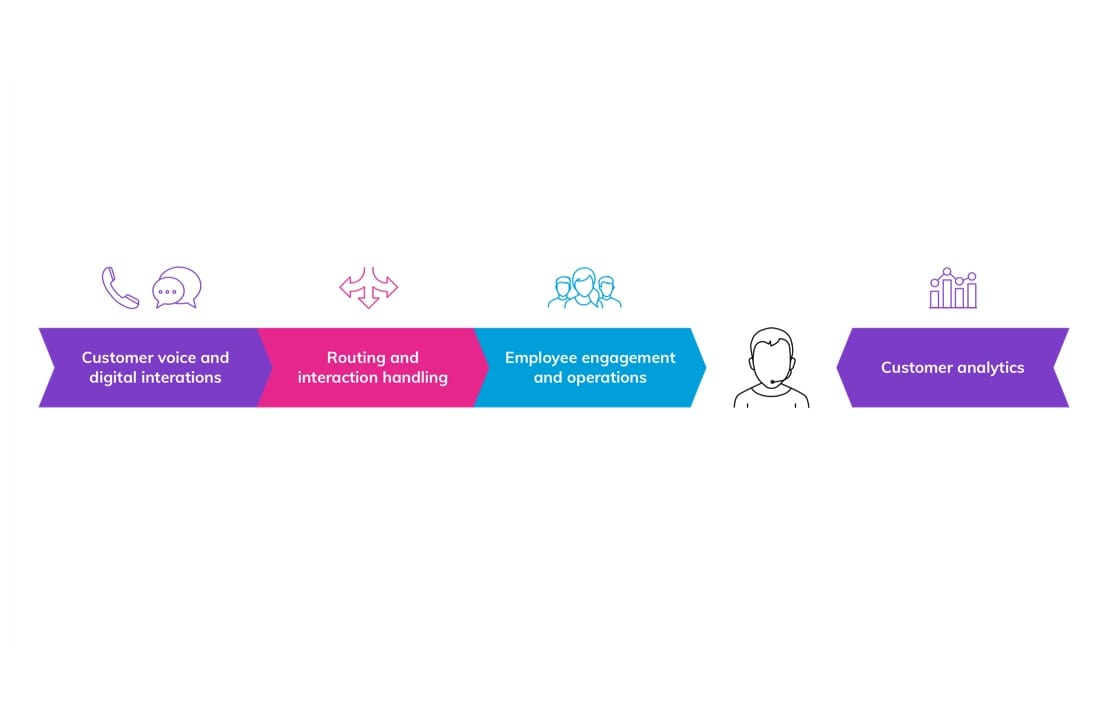About the digital transformation of customer service.
There has been a lot of buzz about digital transformation for the last several years. It's loosely defined as the implementation of digital technology to transform the customer experience and internal operations. Not just a technology initiative, digital transformation also has a heavy emphasis on redefining jobs, gaining organizational buy-in, and fundamentally changing processes, products and service offerings.
On the surface, digital transformation sounds like just another process improvement and automation effort, popularized during the '80s and ‘90s, but there's an important difference. These past efforts usually did include tweaking or even revamping processes, and then designing the technology to support the processes. In other words, they were process-centric. Digital transformation turns this approach on its ear by putting new and potentially disruptive digital technology at the center of things, challenging businesses to redesign their processes and organization around technical capabilities.
The digital transformation of customer service has taken many forms as businesses have infused digital technologies like artificial intelligence (AI) into their customer service models. This has impacted the customer experience, contact center operations, and the nature of agents’ jobs.









